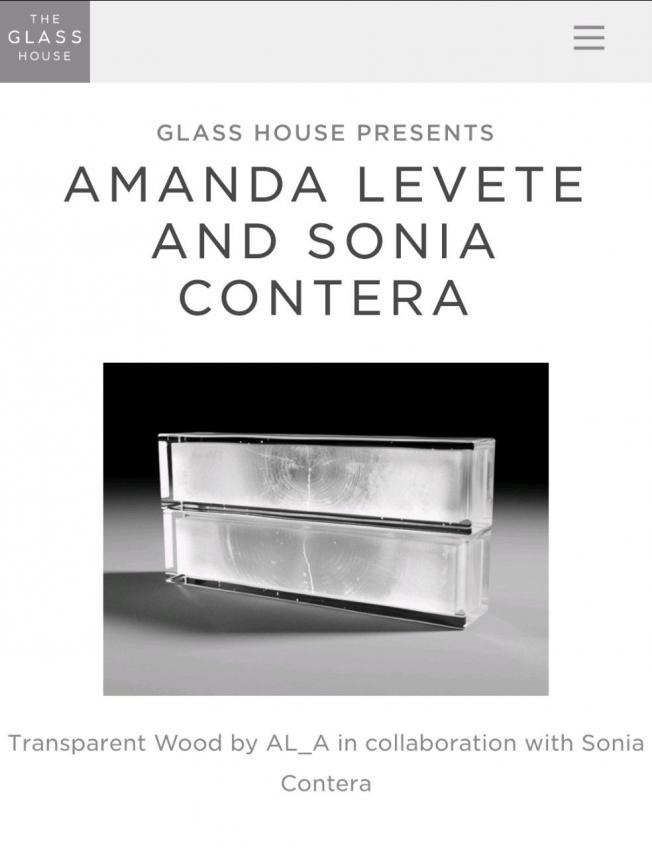High Resolution AFM of KcsA Structure and Clustering in a Lipid Bilayer
Biophysical Journal Elsevier 96:3 (2009) 370a
Nanotubes As Drug Delivery Systems For Prokaryotic And Eukaryotic Cells
Biophysical Journal Elsevier 96:3 (2009) 51a
Doping of carbon nanotubes with nitrogen improves protein coverage whilst retaining correct conformation.
Nanotechnology 19:38 (2008) 384001
Abstract:
Relevant parameters for non-covalent protein functionalization of carbon nanotubes are explored. Multiwalled carbon nanotubes are carboxylated and functionalized with metalloproteins. Using atomic force microscopy (AFM) we quantitatively determine that coverage with nitrogen-doped multiwalled carbon nanotubes is superior compared to coverage with un-doped multiwalled carbon nanotubes, due to enhanced carboxylation. Conformational analysis using a combination of AFM, antibody binding assays, circular dichroism and UV-visible spectroscopy demonstrates that the metalloproteins retain their native structure when adsorbed to nitrogen-doped multiwalled carbon nanotubes irrespective of their size, charge or folding motif.Effect of acid treatment on the structure and electrical properties of nitrogen-doped multiwalled carbon nanotubes
Journal of Physical Chemistry C 112:6 (2008) 1908-1912
Abstract:
Nitrogen-doped multiwalled carbon nanotubes (CNx MWNTs) have been cut to an average length of ∼1 μm by room-temperature acid treatment. Imaging of the surface morphology of the CNx, MWNTs (x = 2-5%) after sonication in acid or in ethanol (as a control) allowed the relationship between surface structure and acid cutting to be characterized. The effect of the acid treatment on the electrical conductance of the CN x MWNTs was also determined. The conductance of acid-treated CN x MWNTs was found to vary significantly within the sample and to be lower than the value of 1.0 G0 observed for as-produced CS x MWNTs. The G - V curves reported for acid-treated CNx MWNTs had an average slope of 0.19 G0/V, which is significantly smaller than the average of 0.70 G0/V measured for as-produced CNx MWNTs. Acid-treated CNx MWNTs exhibited a more rapid electrical breakdown with larger current steps, indicating the breakdown of several MWNT layers simultaneously. © 2008 American Chemical Society.3P-084 Direct observation of Bacteriorhodopsin molecular interaction in purple membrane by high-speed AFM(The 46th Annual Meeting of the Biophysical Society of Japan)
Seibutsu Butsuri Biophysical Society of Japan 48:supplement (2008) s140



